Physiological and toxicological properties of Erythroxylon coca
(Edited)
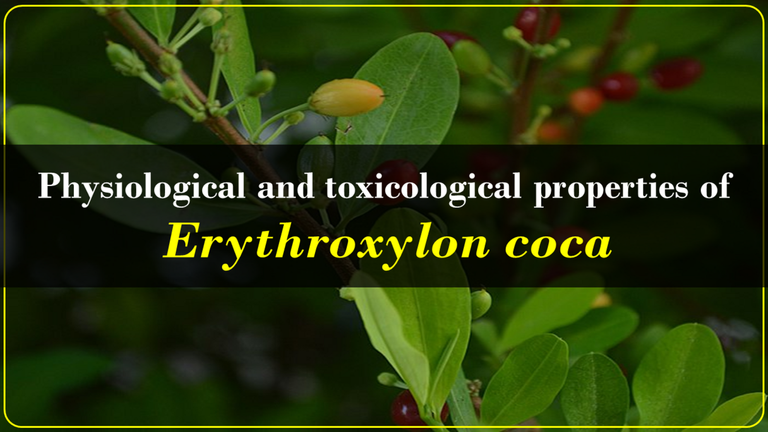
In this second delivery of psychoactive species, I will socialize information about the general characteristics, pharmacokinetic action, pharmacological effects, psychoactive effects, consumption and legal aspects of Erythroxylon coca (Coca).
Introduction
As it was indicated in the previous contribution, it is known by psychoactive flora, to the group of vegetal species that from the biological, synthesize substances analogous to the neurotransmitters and whose biochemical effect manages to activate the transference of nervous impulses in the human beings, generating alterations of space and time perception.
It is important to highlight that, in a synergic way to the activation of the transference of nervous impulses, some psychoactive vegetal species such as Erythroxylon coca, are characterized by producing stimulant effects, capable of inhibiting the reabsorption of neurotransmitters in the brain and generating a sensation of pleasure. However, the chronic consumption of these psychoactive substances, trigger multiple harmful effects to health, among these we have; anhedonia, anergy, dysphoria, depression, insomnia, irritability, anxiety and hyperphagia [1].
In this sense, the aim of this post is to socialize botanical aspects related to pharmacokinetic action, pharmacological and psychoactive effects of the species Erythroxylon coca (Coca).
General features
Taxonomy and distribution
Erythroxylum coca, is a plant species of bush biotype, artificially located in the Division: Magnoliophyta, Class: Magnoliopsida., Order: Malpighiales., Family: Erythroxylaceae., Gender: Erythroxylum and Species: coca, whose origin dates from the Amazonian Andes, essentially from wild habitats in Peru, with respect to the area of distribution is predominantly located in tropical eco-regions.
Common names
According to [2], Erythroxylum coca is identified in a vulgar way as Coca, it is also designated as coca Huánuco, coca from Bolivia, while in the United States it is distinguished as Cocaine plant.
Vegetative and reproductive morphology
The specimens of Erythroxylum coca, are characterized by exhibiting short stems from 2 to 2.5 meters high, simple leaf blades with axillary stipulations, stalked, whole, elliptical aspect, and in some exceptions of ovate morphology, alternate phyllotaxy, yellow/white flowers, oblong aspect drupe fruits and red color when ripe.
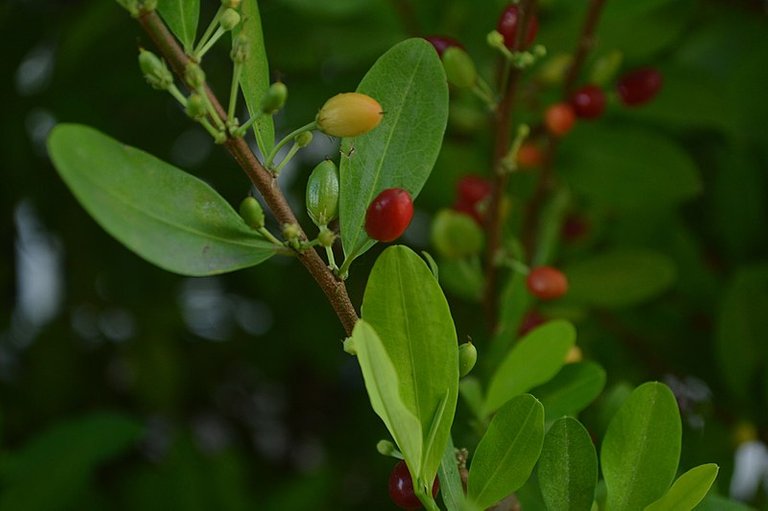
Fig. 2 Vegetative and reproductive structures of Erythroxylum coca (Coca). Public domain image, Author: Danna Guevara, 2018 / CC BY-SA 4.0
Edaphoclimatology of Coca
Even though, it is known that coca specimens (Erythroxylum coca) grow wild in eco-regions of the Amazonian Andes, their vegetative potential is expressed under the following soil-climate conditions; altitude between 500 - 1,500 meters above sea level, average rainfall of 1,000 to 4,200 millimeters per year, optimal temperature between 18 and 25°C, humidity of 60 to 80% and clayey-loamy soils [4].

Fig. 3 View of an illegal cocaine processing laboratory area, based on Erythroxylum coca (Coca), located in the Brazilian Amazon. Public domain image, Author: Valter Campanato, 2008 / CC BY-SA 3.0
Pharmacokinetic action
Alkaloids and biosynthesis
The main secondary psychoactive metabolites, obtained from vegetative structures in specimens of Erythroxylum coca, are those that are synthesized biologically (biosynthesis) from amino acids, as is the case of Alkaloids, basic compounds from whose biosynthetic routes are extracted; Benzoylmethylecgonine (Cocaine), methylecgonine, pseudotropin, benzoyltropine, tropacocaine, alpha and beta truxiline, hygrine, cuscohygrine and nicotine [5].
Pharmacokinetics of benzoylmethylecgonines
According to [1], the substance benzoylmethylecgonine (cocaine) when entering the human body by any route of administration, registers the following pharmacokinetic action; A. absorption and binding to plasma proteins, B. rapid uptake by the central nervous system, C. inhibition in the re-capture of some neurotransmitters in the brain, which produces a decrease in the levels of dopamine, serotonin, and noradrenaline, reason why, this psychoactive substance physiologically generates a stimulating reaction associated to the answers of pleasure, In addition to increases in heart rates, increased salivary, gastric and pancreatic secretions, and intense sweating, in relation to the form of cocaine release, it has been indicated that it can be expelled either by rapid route (metabolic breakdown), or slow route (metabolization and excretion).
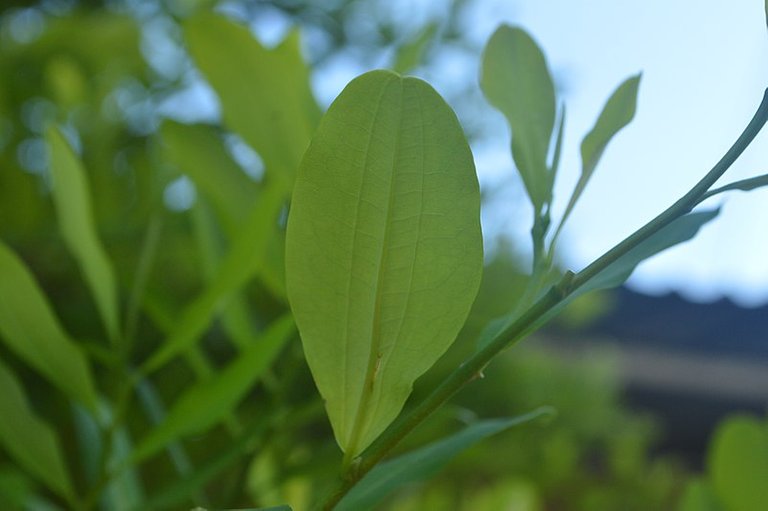
Fig. 4 Coca leaves Erythroxylum coca. Public domain image, Author: Danna Guevara, 2018 / CC BY-SA 4.0
Pharmacological effects
Clinical Answers
According to clinical records, the main pharmacological effect of the psychoactive substance benzoylmethylecgonine, present in the vegetative structures of Coca (Erythroxylum coca), is related to its anesthetic action in ophthalmological and morphine patients (morphine addicts), in addition to direct responses on the neurotransmission systems, when producing; elevated mood, increased energy, increased verbal fluidity, and decreased sensation of fatigue [6].
Addictive effects of Erythroxylum coca
Routes of consumption of psychoactive substances based on Coca
In relation to the routes of consumption of psychoactive substances based on Coca, and taking into account that the salts of these substances can be easily absorbed, the characteristic examples of consumption respond to the following ways; nasal route through inhalation of dust (rapid absorption by the membranes present in the mucous membranes of the nose), via inhalation or smoking in the form of crack (combination of cocaine hydrochloride and sodium bicarbonate), and by intravenous injection.
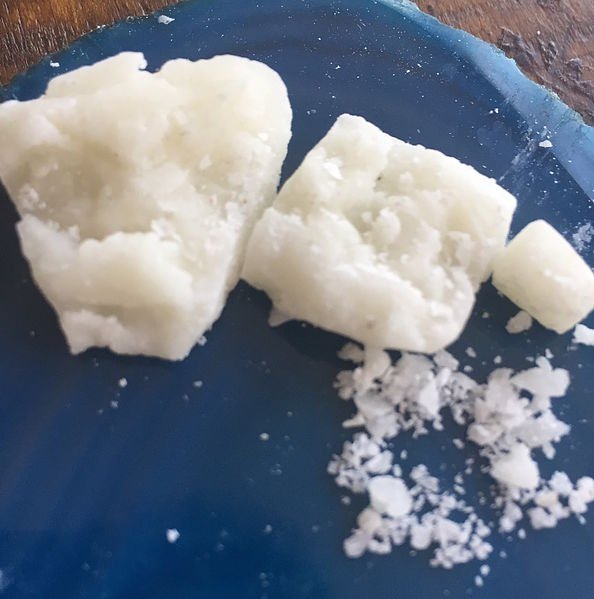
Fig. 5 Cocaine-based paste. Public domain image: CC BY-SA 4.0
Reported toxicological disorders
The chronic and addictive use of cocaine (benzoylmethylecgonine), exerts countless harmful responses to health, by causing multiple toxicological disorders, among these; heart conditions, alterations of perception, anxiety and irritability, brain atrophy, depression: insomnia, accelerated loss of body weight (anorexia), liver problems, neuropsychological disorders, and paranoid reactions, among others.
Erythroxylum coca consumption and legal aspects
Legal provisions
The control and regulation of the consumption of cocaine, as a psychoactive substance, dates from the 1961 Single Convention on Narcotic Drugs, which included substances derived from Erythroxylum coca as a drug with toxicological effects on health, establishing international cooperation and control for its practical control, with the United Nations playing the main role in intervention and action [7].
SCIENTIFIC CONTRIBUTIONS OF THIS PUBLICATION
- The theoretical elements, shared in this publication with the entire academic community that is active in the HIVE platform, is a botanical contribution that outlines content on the physiological and toxicological properties of the psychoactive species Erythroxylum coca (Coca), by socializing scientific-technical information on the general characteristics, pharmacokinetic behavior, pharmacological and psychoactive effects shown by Cocaine, as the main psychoactive and narcotic compound present in the Coca leaves.
BIBLIOGRAPHICAL REFERENCES CONSULTED AND CITED:
[1] Flores A. Efectos de la cocaína en el ser humano. Trastornos Adictivos. 2008;10;3:151-65. Article: Online access
[2] Sauvain M., Moretti C., Rerat C., Bravo L., Muñoz V., Sarávia R., Arrázo A., Gutierrez E., y Bruckner A. Estudio químico y botánico de las diferentes formas de Erythroxylon coca var. coca cultivadas en Bolivia. Usos de la hoja de coca y salud pública. Bolivia. 1997;34-46. Article: Online access
[3] Matteucci S., y Morello J. Aspectos ecológicos del cultivo de la Coca. GEPAMA-UBA. 2002;1-22. Article: Online access
[4] Sephu. El cultivo legal de la Coca orgánica y recomendaciones para su fertilización. Sociedad Española de productos húmicos S.A. Zaragoza. 2010;1-15. Article: Online access
[5] Sabogal J. Determinación de la composición química de drogas de abuso incautadas en Colombia durante el primer semestre de 2010: Fase I Cocaína en muestras de basuco procedentes del Laboratorio de Estupefacientes del Instituto Nacional de Medicina Legal y Ciencias Forense. 2010;141. Article: Online access
[6] Téllez J., y Cote M. Efectos toxicológicos y neuropsiquiátricos producidos por consumo de Cocaína. Revista de la Facultad de Medicina de la Universidad Nacional de Colombia. 2005;53;1:10-26. Article: Online access
[7] Pérez C. Determinación de Cocaína por Espectrometría vibracional. Tesis Doctoral. Departamento de Química Analítica de la Universidad de Valencia. 2017;244. Article: Online access
ATTENTION
Readers and followers
If you wish to read more scientific articles in English or Spanish, of excellent academic quality, do not hesitate to visit #STEMSocial and #STEM-espanol, communities that promote scientific content mainly in the areas of Science, Technology, Engineering and Mathematics.
OBSERVATION
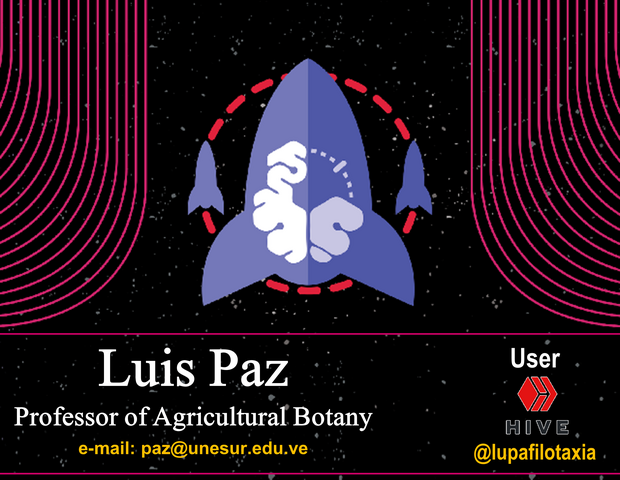
0
0
0.000
This post has been manually curated by @steemflow from Indiaunited community. Join us on our Discord Server.
Do you know that you can earn a passive income by delegating to @indiaunited. We share 80 % of the curation rewards with the delegators.
Here are some handy links for delegations: 100HP, 250HP, 500HP, 1000HP.
Read our latest announcement post to get more information.
Please contribute to the community by upvoting this comment and posts made by @indiaunited.
Greetings, once again I thank you for supporting this type of content on psychoactive species, your support encourages us to continue socializing information within the HIVE platform. Thank you.
You are welcome 🙂
Dear @lupafilotaxia,
Your series on psychoactive plants is such a refreshing contrast to what generally serves as information about psychoactive drugs. This is such a reasoned, clear explanation of the effects cocaine has on the body. I wonder if you might explain why cocaine is so addictive, the changes that take place in the brain that require this psychoactive drug in order for an addict to feel well. I believe the answer is probably in this process
From reading in other literature I believe the neurotransmitters are altered so they cannot receive dopamine, serotonin and noradrenaline properly. I'm just guessing though.
Thank you for another very readable and informative article.
Greetings @agmoore.
I'm glad that the socialized content on psychoactive species is useful and appreciated by HIVE users. As for your question, why is cocaine so addictive? An immediate reasoning would have to do with the consumption of high doses, since if applied in optimal doses that do not disproportionately alter the neurotransmission systems, cocaine would not induce an addictive action. However, in order to recommend optimal or moderate doses that offer some phytopharmacological response, both experimental and clinical research is necessary, and unfortunately there is little interest from states, research centers and even more from the pharmacological industry in this topic.
As for whether the alteration of neurotransmitters is the cause of the incorrect reception of dopamine, serotonin and noradrenaline, this is a correct point. However, this alteration effect is created precisely because cocaine inhibits the reuptake of neurotransmitters in the brain, that is, the inhibition itself produces a series of chemical imbalances that alter the neurotransmission systems.
Thanks for visiting the blog and leave your comment, we will continue reading.
Thank you for that informative reply. It seems we always come up against the same wall:
I think of propaganda films like *Reefer Madness" which are designed to enlist public support for restrictive legislation (on access to research). I wonder if we ever will be able to overcome this institutional/corporate resistance.
Looking forward to your next article. I share these on Twitter because they are so informative.
Thank you for sharing these articles on your Twitter account.
I will always be emphatic, about the repeated strategy of NOT making visible the effects that plants and their secondary metabolites have as a positive response in humans, it is a round business the synthetic pharmacology industry. But I believe that the responses of plant substances are discarded, since biological diversity is within our reach.
Let me jump in on the conversation here.. lol that is if you won't mind anyways! The Professor has done adequate Justice to the plant being discussed, and i must say that i now have a much more better understanding of what Erythroxylum coca is all about.
The lack of adequate research on these sort of enlisted plants has caused more harm than good and i hope those in charge realize this soon enough!
This is the same problem currently faced with THC and Cannabinoids. I was awed when I watched a BBC documentary on Weed and I saw the way these psychoactive compounds present in the plant actually helped to relax a chronic form of seizures in a little girl. Another case was with a cancer patient, who took vaporized THC instead of the very harmful painkillers! It helped her in tremendous ways.
However, my question is: Professor, what would you suggest we do to help curb such propaganda schemes and actually open people's eyes to the amazing things these plants have to offer?
I am a masters student studying Pharmaceutical and Medicinal Chemistry. We are not allowed to even talk about these sorts of plants with majority of our lecturers here . Only a few are open minded like you are!
Thanks for sharing this awesome article by the way sir!
@lupafilotaxia
Hello,
If you check out @lupafilotaxia's blog, he has recently written a post about cannabis sativa. I think you will find this very interesting, given your area of study.
Good luck in your studies...we need more sensible pharmaceutical chemists :)
Greetings @mengene, thank you for your participation and I'm sorry I didn't answer you sooner, the point is that I didn't have a good internet service.
Very opportune your intervention, I comment you that in Bolivia they have a cumulus of ancestral habits that has allowed them to use the specimens of the gender Erythroxylon coca to treat multiple ailments, nevertheless, the most generalized use is to treat the arterial pressure, and in some provinces they consume it as food and vitamin supplement, on the other hand the Bolivian investigators have developed studies of chemical and phytopharmacological character, that confirm the potentiality of the Erythroxylon coca on the human health. Regarding your question, what do you suggest we do to help stop such propaganda schemes and really open people's eyes to the incredible things these plants have to offer, I think our modest contribution should focus on prioritizing research that tends to develop both experimental and clinical trials and socialize the results, because it is the only way to bring out of the darkness this kind of potentialities that nature offers us.
This is well said Prof. and i totally agree with you on this! I'm happy to see that the plant is doing well in Bolivia! Thanks for sharing this Prof. you really are awesome!
#Posh Twitter:
https://twitter.com/lupafilotaxia/status/1279595373384863744
Congratulations, your post has been upvoted by @dsc-r2cornell, which is the curating account for @R2cornell's Discord Community.
Enhorabuena, su "post" ha sido "up-voted" por @dsc-r2cornell, que es la "cuenta curating" de la Comunidad de la Discordia de @R2cornell.
Thanks to the @@@R2cornell team, in particular @blessed-girl for supporting the material I publish on my blog.
Greetings dear professor @lupafilotaxia, it is interesting to observe the botanical characteristics of a plant that is known for many for its effects on human metabolism, therefore I applaud its content, as it generates a knowledge broader on said plant, that from the pharmacological point of view has great benefits even if they are often not divulged. We’re still in communication
Greetings Professor @amestyj, in the world of Botany, when presenting utilitarian information, a vital point is to write with the reader in mind, therefore scientific manuscripts must respond to a logical structure and sequence, hence the constant emphasis on uploading content that responds to presenting complete and at the same time digestible information to an audience as diverse as the users of the HIVE ecosystem. Thank you for your positive feedback and appreciation.